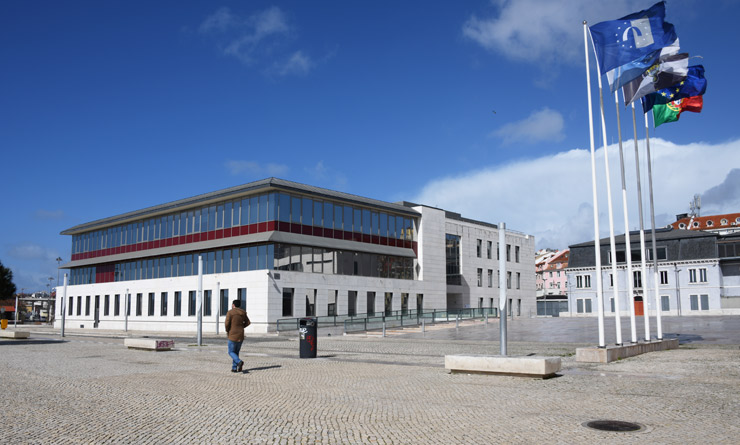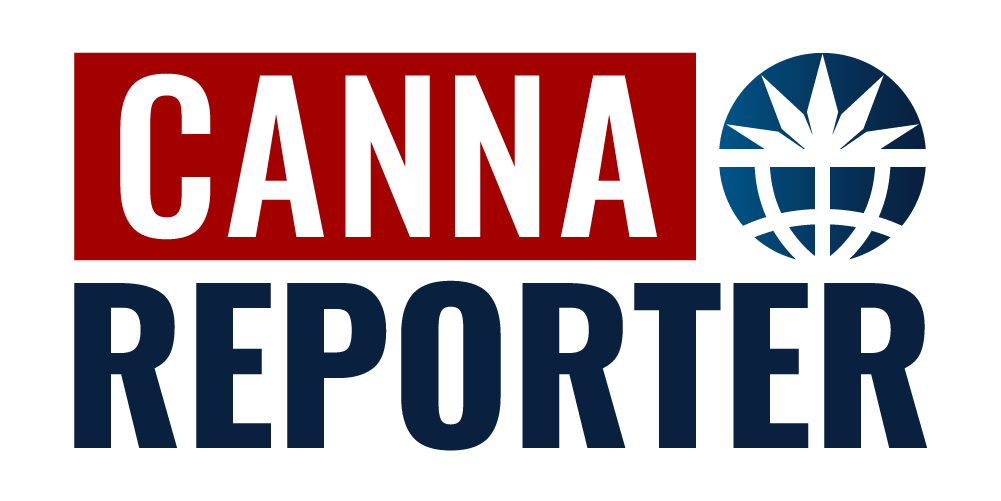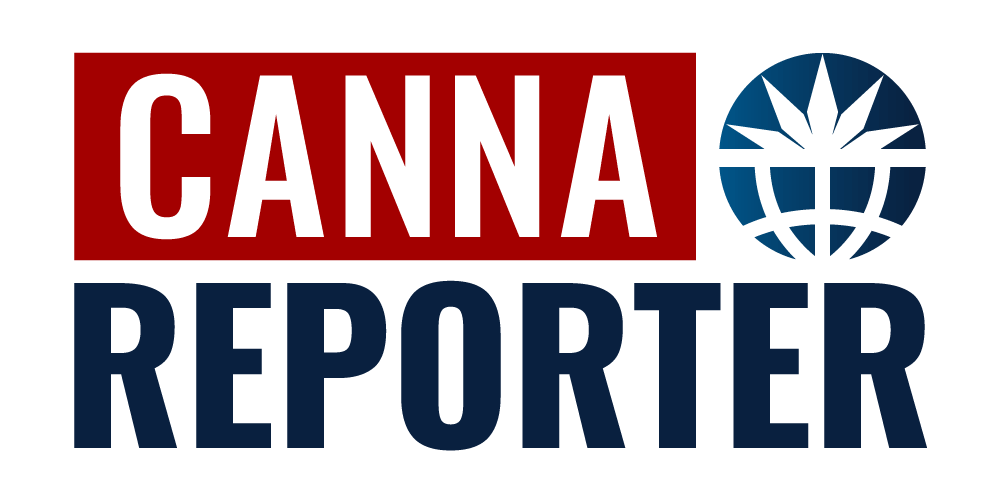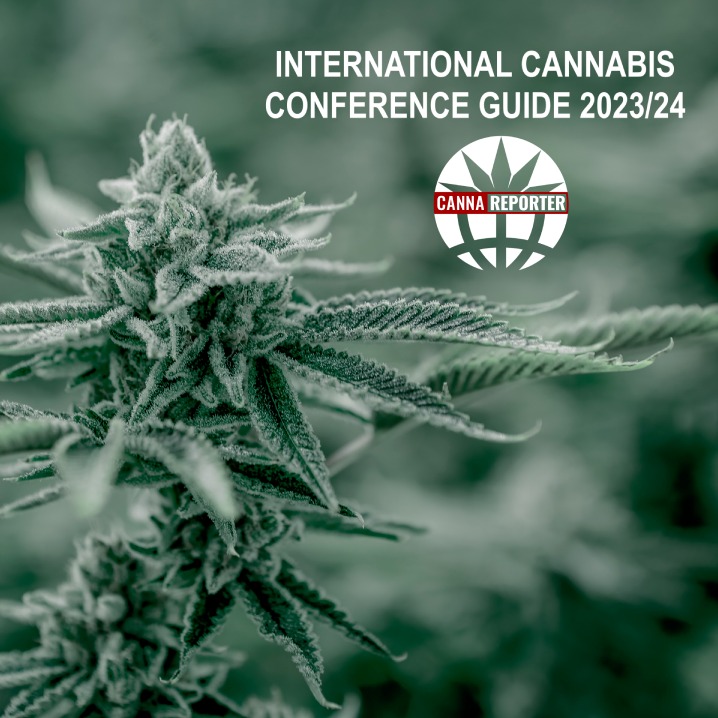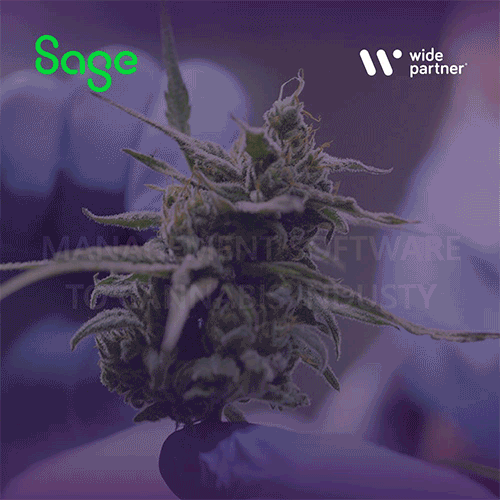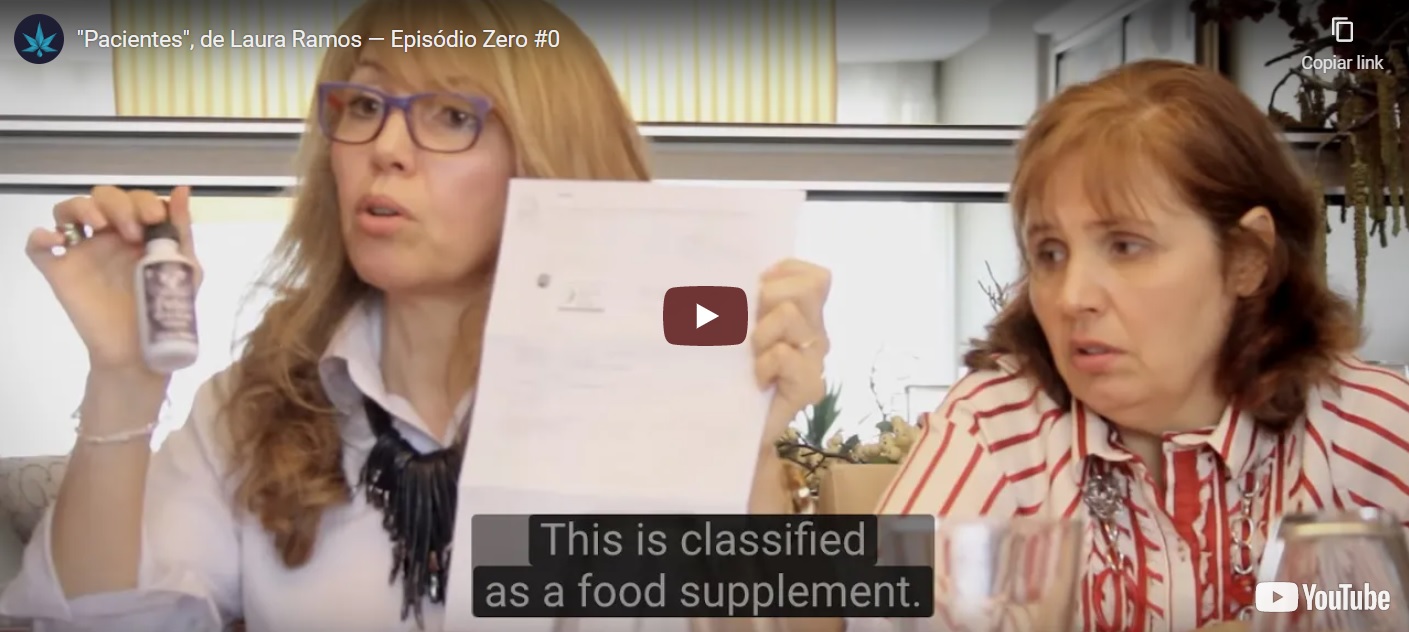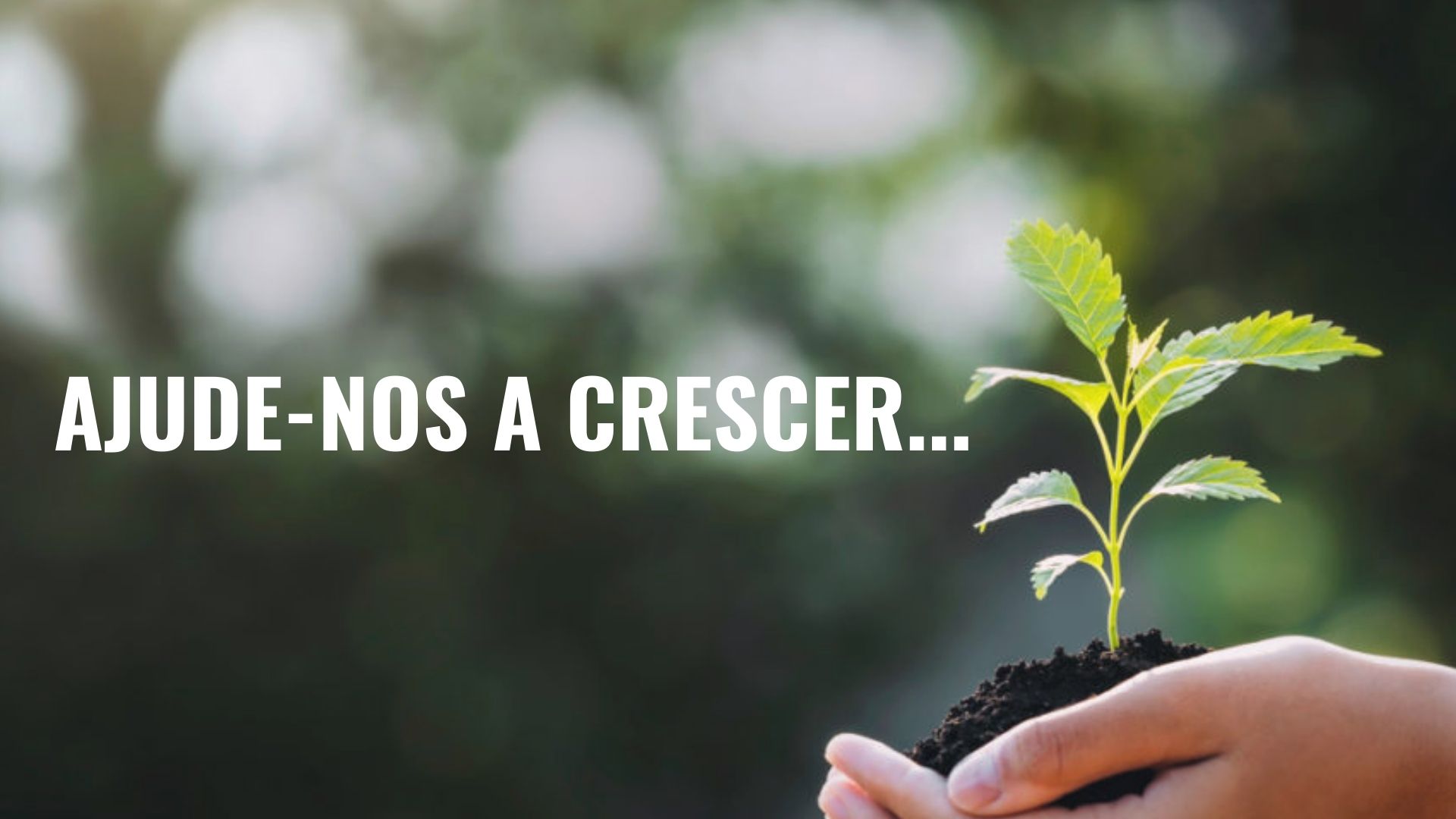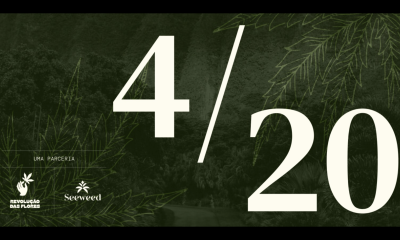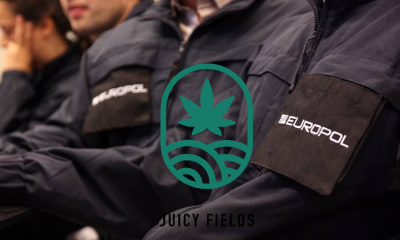O European Monitoring Center for Drugs and Drug Addiction (EMCDDA or EMCDDA), based in Lisbon, published a report with its vision on the commercialization of CBD-based products, with low THC content, after carrying out a study that began in 2018. The Observatory thus pronounces itself on the legal and commercial status of CBD and products based on cannabis in Europe, which has generated a lot of confusion.
“The specific objectives were to identify and further explore the types of products available and the variety of outlets, user profiles, associated harms and responses obtained in different EU countries,” the authors write.
The Observatory points to several pressing issues with the marketing and promotion of some CBD products across Europe, including inappropriate product labeling, inconsistent content, potential poor quality, lack of recognition of limitations or exaggeration about the effectiveness of the products. CBD products for therapeutic use.
The lack of information on the safety profile or on potential adverse effects or contraindications was another of the issues considered by the study and to which this new report warns.
The authors acknowledged several regulatory developments in Europe since the research was launched in 2018, not forgetting the historic decision of the European Court of Justice on the banning of CBD in France and the decision of the European Commission backtracks on decision to categorize CBD as a narcotic.
The Observatory confirmed that the decision of the European Court of Justice in the Kanavape case – in which the five presiding judges said CBD was not a drug in the sense of a global drug treaty – had implications for the EU's interpretation of legislation linked to the production and marketing of low-THC cannabis products. “These implications can be addressed in the near future”, says the EMCDDA.
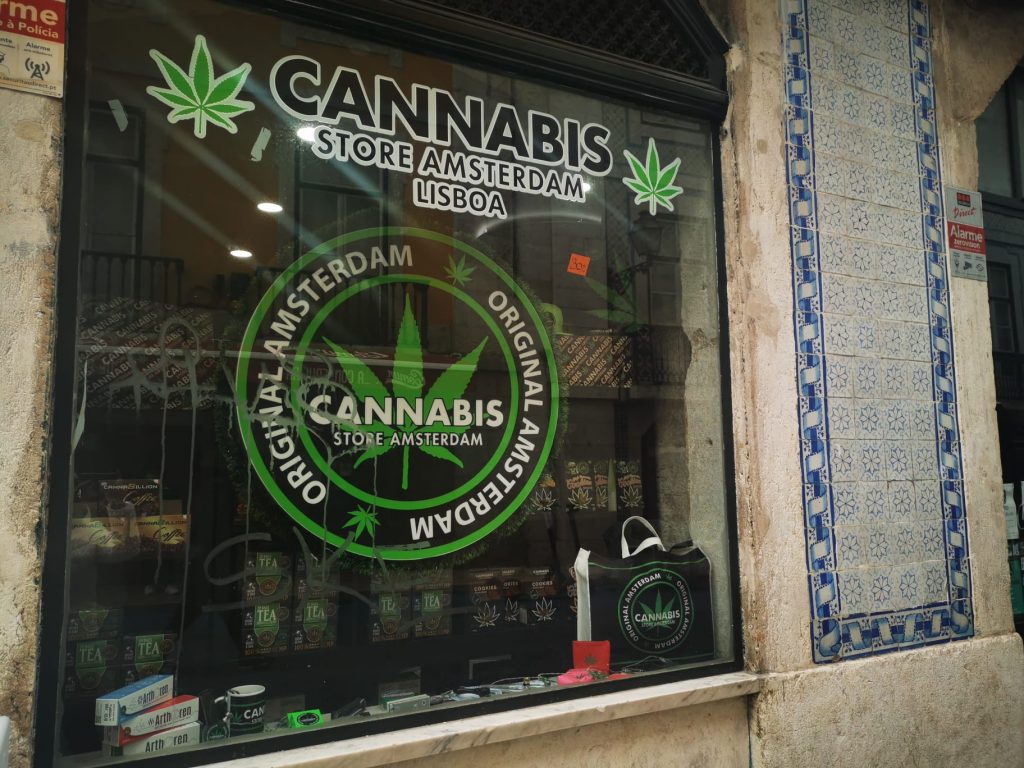
In Portugal there are more than 70 cannabis stores selling CBD products. In the Lisbon region alone, there are around 20. Cannabis Store Amsterdam, on Rua dos Bacalhoeiros. Photo: Laura Ramos
EMCDDA concerned about unclear consumer information
Concerns around trace THC content in various cannabis-based products were also discussed, including the challenges of setting appropriate THC limits through national legislation. The EMCDDA noted that the percentage of THC can be measured and referred to at several levels, including:
The level of THC that a certain strain of cannabis plant normally produces;
The levels of THC found in the different parts of the plant, which serve to distinguish which parts of the plant can be used for industrial purposes without extensive testing or what might be useful to divert to illegal THC extraction;
The level of THC found in extracts, which can be used to indicate whether an extract has
toxic properties or not;
The level of THC found in the final product, such as a edible product;
The EMCDDA further noted that while it is easier for a producer or processor to test a specific plant or extract and control THC at the ingredient stage, the level of THC in the final product is “most relevant” to consumer safety.
“It is possible to grow hemp with a low THC content and from it produce an extract with a high THC content, highlighting the importance of considering the final product and not just the input,” the agency wrote. “In product labeling, legislators have to address not only safety limits, but also the confusing message given to the consumer, using different measurements of THC and CBD content and whether the THC percentage, maximum dose per day or proportion of THC for CBD must be used,” the report reads.
"It is important to recognize that this is a rapidly evolving area and is currently relatively limited in terms of available information," the authors wrote.
“The findings presented here will necessarily be incomplete and need to be seen as an introduction to the situation and pertinent issues, as well as providing a platform for further research and monitoring,” the report concludes.
